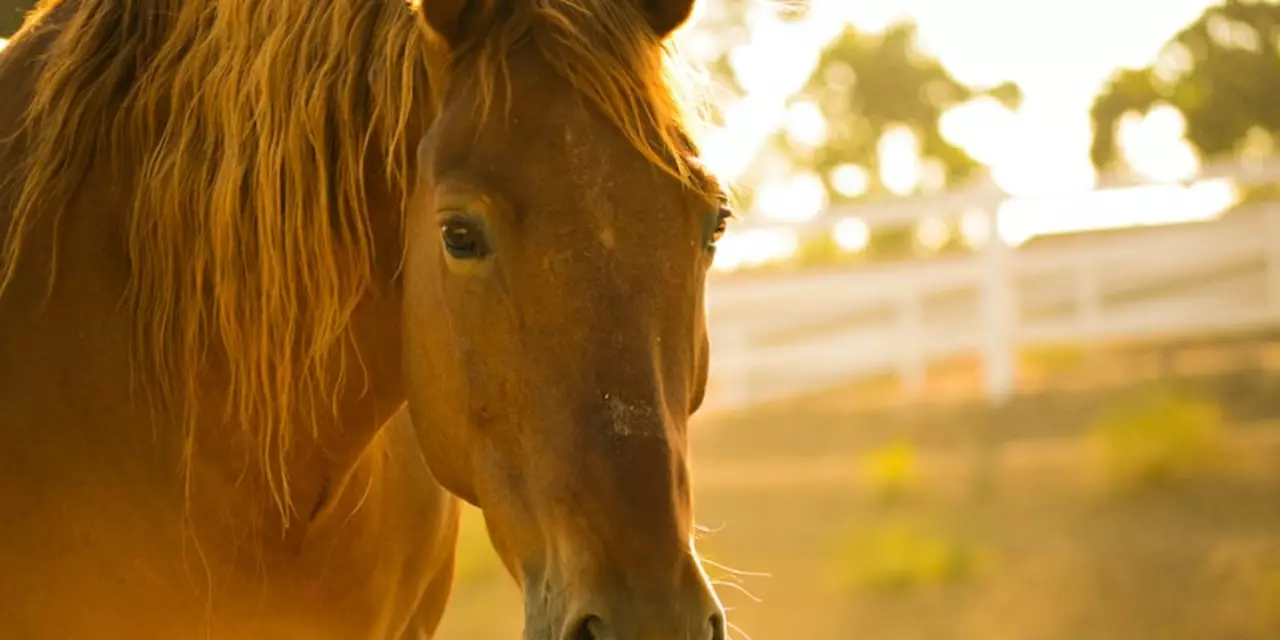Injury Prevention & Recovery Tips for Equestrian Riders
If you love being on a horse, you probably know the feeling of a sudden jolt or an unexpected fall. Injuries happen, but most of them can be avoided or treated early. Below you’ll find practical advice you can use right now, whether you’re a beginner or a seasoned rider.
Spotting Common Riding Injuries
First, know what to look for. The most frequent problems are bruises, sprains, and sore muscles from the saddle or reins. Head injuries are rarer but far more serious, so always wear a certified helmet. If you feel a sharp pain after a tumble, it could be a rib strain or a mild concussive bump. Look for swelling, bruising, or loss of motion—these are warning signs that you need a break and maybe a professional check.
Don’t ignore lingering sore backs or tight hips. Riding uses a lot of core muscles, and a weak core can make you stiff and more prone to falls. Pay attention if you’re getting numbness in your hands or feet; that often points to pressure points from the stirrups or a poorly fitted saddle.
Simple Steps to Prevent and Recover
Pre‑ride checks are a habit that pays off. Make sure your helmet fits snugly and isn’t cracked. Inspect the saddle, bridle, and stirrups for wear. Adjust the girth so the saddle sits level and doesn’t pinch the horse’s spine. A well‑balanced mount lets you stay centered and reduces strain on both rider and horse.
Warm up before you get on. A few minutes of light stretching—especially for the hips, hamstrings, and shoulders—gets blood flowing and makes your muscles more flexible. While riding, keep your elbows relaxed and your legs soft, not locked. This stance absorbs shocks and keeps you in control.
If you do get hurt, follow the RICE method: Rest, Ice, Compression, Elevation. Apply ice for 15‑20 minutes a few times a day during the first 48 hours. Light compression can help with swelling, but don’t wrap too tight. Elevate an injured leg or arm whenever possible.
When pain eases, start gentle movement. Simple walking, light trotting, or balance exercises on a yoga ball rebuild strength without overloading the injury. If you’re unsure, a physiotherapist who knows equestrian demands can design a safe rehab plan.
Don’t rush back to intense training. Give yourself at least a week of low‑impact work before attempting jumps or fast canters. Gradual return prevents re‑injury and builds confidence.
Lastly, listen to your body. If something feels off, stop riding and get it checked. Riding with pain isn’t brave; it’s risky for you and the horse.
Staying injury‑free is about routine, awareness, and smart recovery. Apply these tips every time you mount, and you’ll enjoy more rides with fewer setbacks.
What is the saddest horse riding accident?
This article examines the tragic event of a horse riding accident that resulted in the death of a woman in England. The accident occurred when the woman was riding her horse and it suddenly reared up, throwing her off. She was not wearing a helmet and suffered serious head injuries. The woman was taken to the hospital but sadly died the following day. This tragedy serves as a reminder to always wear a helmet when riding a horse and to always be aware of the horse's movements. It is important to take all necessary precautions to protect yourself and the horse when riding, as such accidents can have devastating consequences.
READ MORE